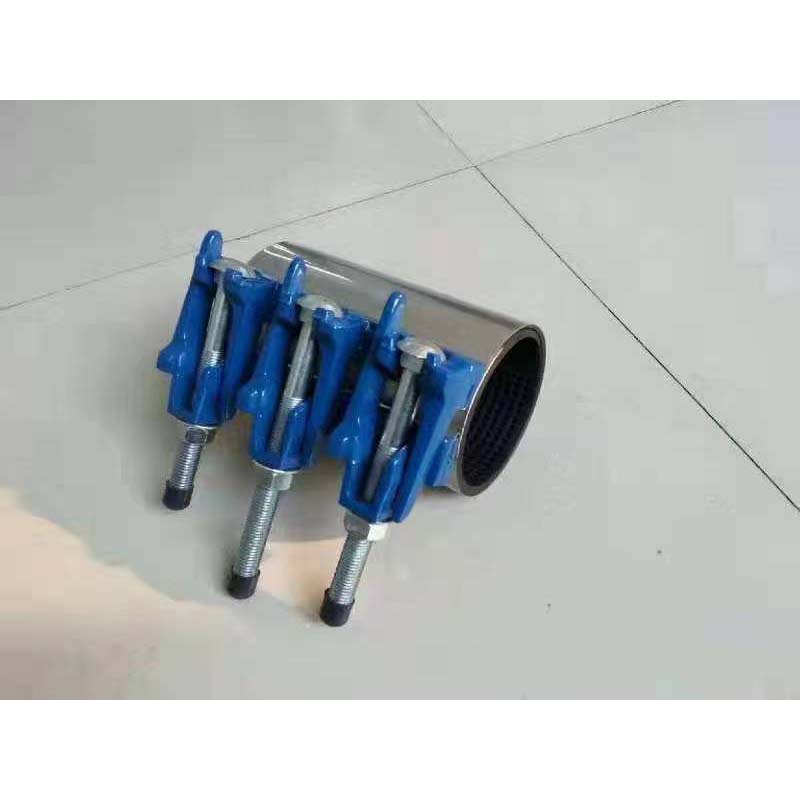Innovative Bollard Solutions for Enhanced Urban Safety and Accessibility
Spotlight on Bollards Enhancing Safety and Aesthetic Appeal
In today’s urban landscapes, safety and aesthetics go hand in hand. One of the unsung heroes in this domain is the humble bollard. These sturdy structures, typically short, vertical posts, serve a multitude of purposes from traffic management to pedestrian safety. As cities modernize and traffic patterns evolve, the spotlight on bollards is becoming increasingly relevant.
Historical Context and Evolution
Historically, bollards were used primarily in marine environments to secure boats to docks. Over time, their application expanded into urban settings, primarily serving as barriers to protect pedestrians from vehicle traffic. The evolution of bollard design has seen materials, shapes, and functionalities diversify significantly. Originally made of wood or stone, today’s bollards are often crafted from durable materials like steel, concrete, and plastic, which are designed to withstand impacts while requiring minimal maintenance.
Safety First Bollards in Traffic Management
The primary function of bollards is enhancing safety. In busy urban areas, where pedestrian traffic is high, bollards serve as a protective barrier against errant vehicles, creating safe zones for pedestrians. In addition, they help define roadways, guiding vehicles and preventing them from veering off course. This is particularly vital in high-density areas, where the risk of collisions escalates.
Moreover, with the increasing need for security in public spaces, anti-ram bollards have gained prominence. These are specifically designed to absorb impact from vehicles at higher speeds, making them a common feature at government buildings, airports, and other critical infrastructure sites.
Aesthetic Appeal The Design of Bollards
Beyond their safety features, bollards also play a significant role in urban design. They come in a range of styles, colors, and materials, allowing cities to maintain a cohesive aesthetic while enhancing functionality. For example, decorative bollards can complement the architectural style of surrounding buildings or reflect the local culture, thereby contributing to the overall beauty of the urban environment.
spot on bollards

In many cities, bollards have become a form of public art, with artists and designers collaborating to create unique installations. This blending of function and art not only beautifies streets but encourages community engagement and pride. Cities like Paris and Barcelona have successfully integrated artistic bollards into their landscapes, transforming ordinary urban fixtures into conversation starters.
Versatility Multifunctional Bollards
Modern bollards are evolving to meet diverse urban needs. Many newer designs incorporate multifunctionality. For example, some bollards are equipped with lighting to enhance visibility during night-time, while others may feature integrated technology such as solar panels for energy efficiency. There are bollards that serve as bike racks, waste disposal units, or even charging stations for electric vehicles, thus maximizing their utility in public spaces.
Additionally, movable or retractable bollards have been developed, allowing for greater flexibility in traffic management. These can be deployed in response to changing conditions, such as opening areas to vehicles during specific hours or closing them off during events, thereby optimizing urban space usage.
Sustainability and Future Trends
As sustainability takes center stage in urban planning, bollards are not left behind. Manufacturers are increasingly using recycled materials in bollard production and exploring eco-friendly designs. The trend towards green urbanism necessitates that all aspects of city infrastructure, including bollards, contribute to environmental sustainability.
The future of bollards also looks promising with advancements in smart technology. As cities adopt smart city initiatives, bollards equipped with sensors and IoT technology can provide real-time data on traffic patterns, weather conditions, or pedestrian usage, enabling more informed urban planning and improved safety measures.
Conclusion
Bollards may seem like simple installations in our streets, but they are vital components of urban design that enhance safety and aesthetics. As cities continue to evolve, the role of bollards will likely expand, integrating more functionality while being mindful of design and sustainability. Embracing the spotlight on bollards will not only ensure safer environments but also contribute to the character and charm of urban spaces. As we move into an era of greater urban complexity, these robust yet elegant structures will undoubtedly remain indispensable allies in our quest for safer, smarter cities.
-
The Smarter Choice for Pedestrian AreasNewsJun.30,2025
-
The Gold Standard in Round Drain CoversNewsJun.30,2025
-
The Gold Standard in Manhole Cover SystemsNewsJun.30,2025
-
Superior Drainage Solutions with Premium Gully GratesNewsJun.30,2025
-
Superior Drainage Solutions for Global InfrastructureNewsJun.30,2025
-
Square Manhole Solutions for Modern InfrastructureNewsJun.30,2025
-
Premium Manhole Covers for Modern InfrastructureNewsJun.30,2025
